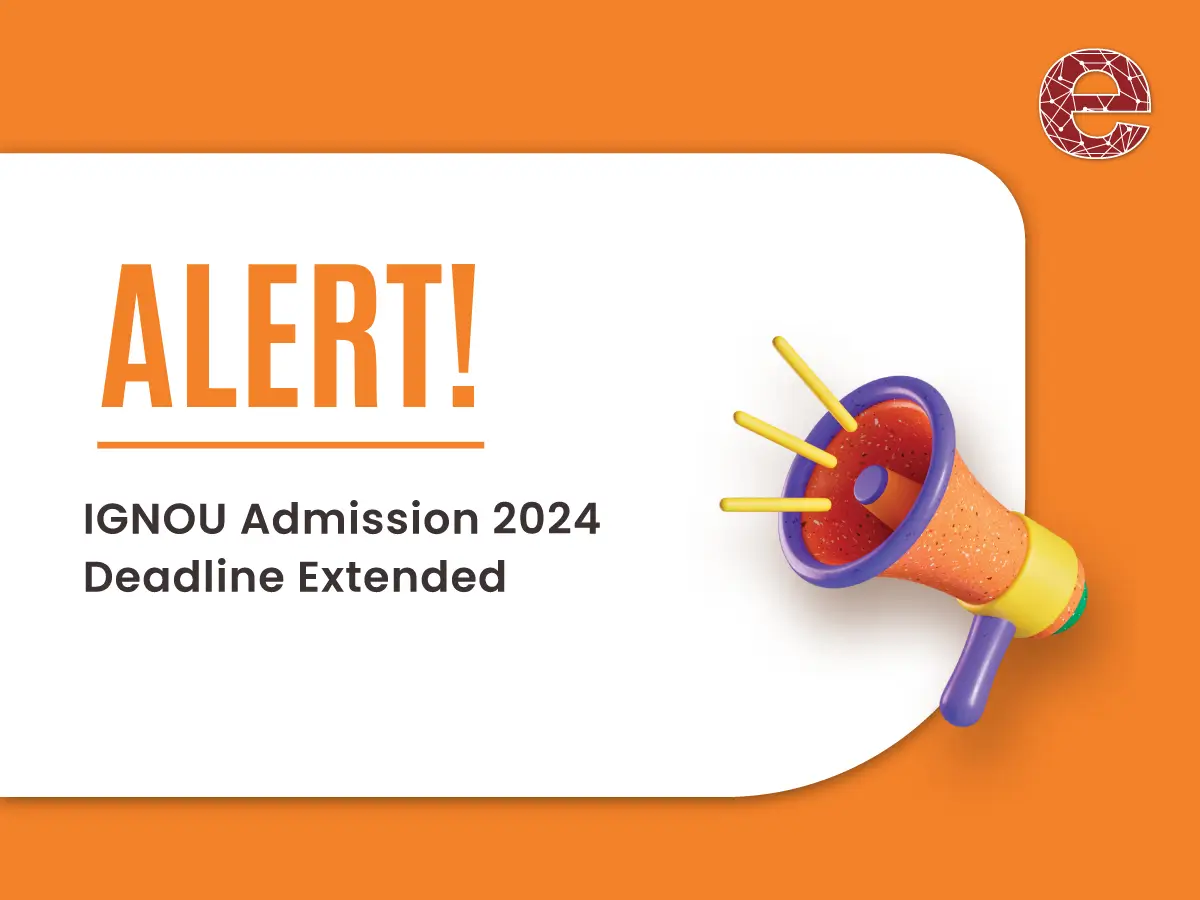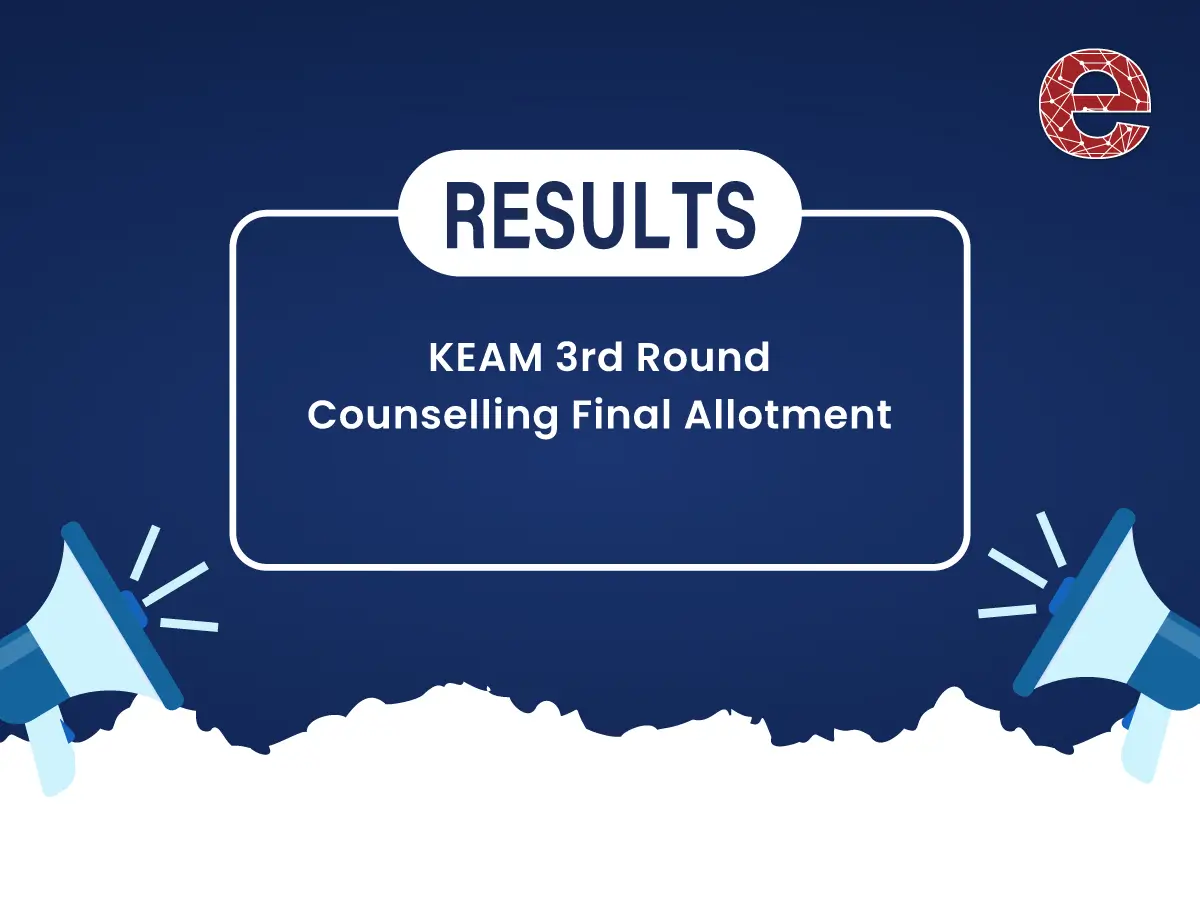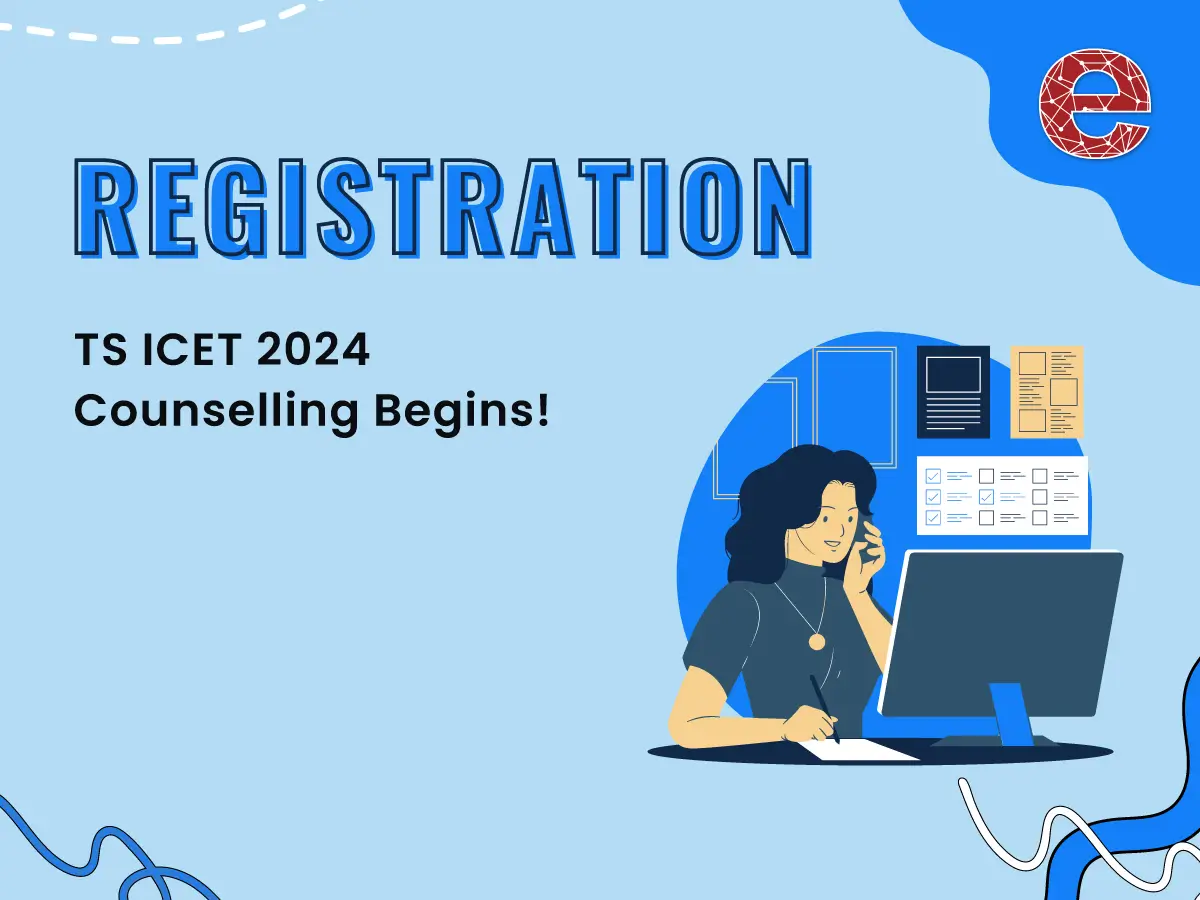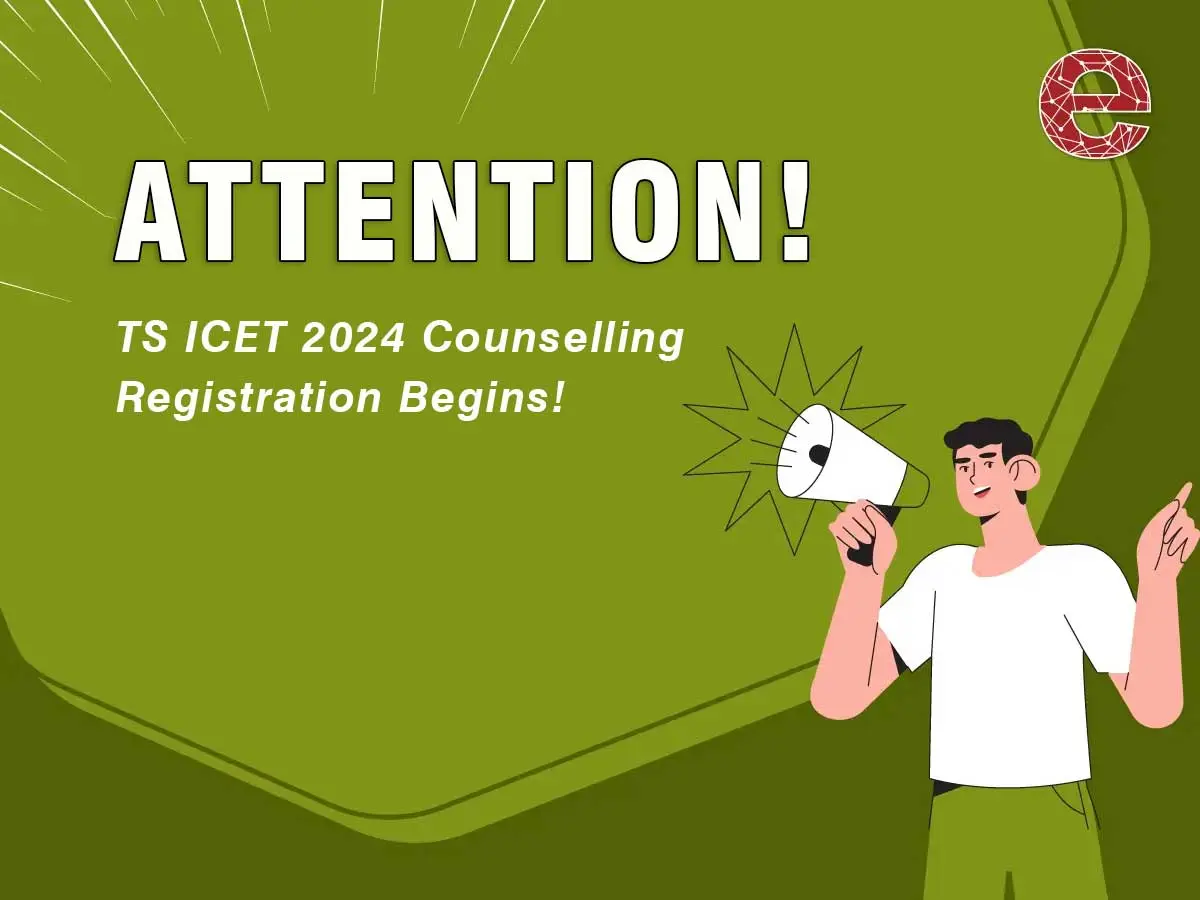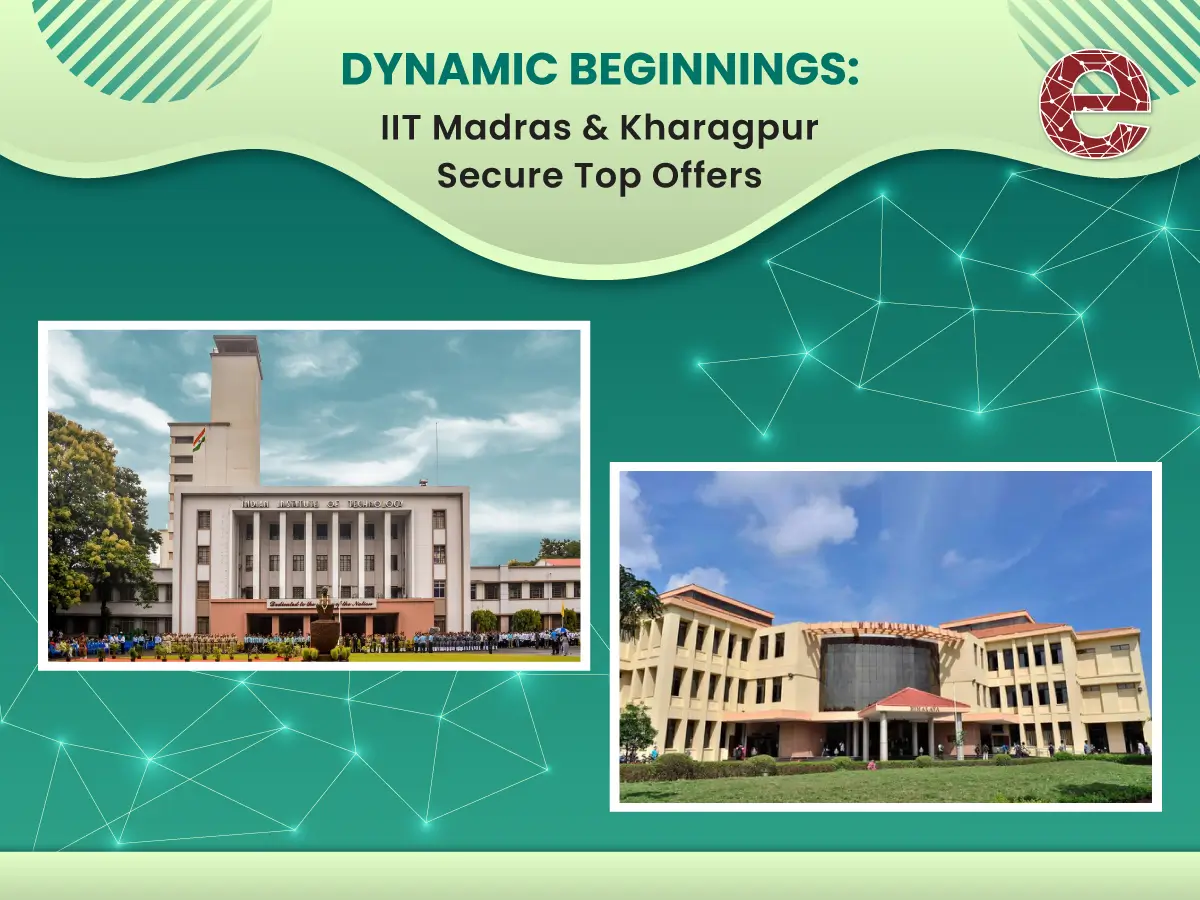IoT: How does it impact learning experiences?
Tech Updates
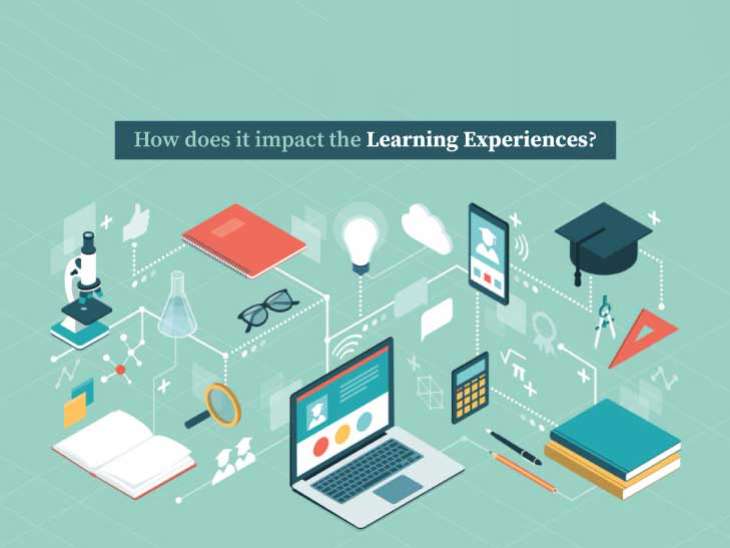
The Internet of Things (IoT) plays a vital role in people's daily lives, and education tops the list. The internet is deeply routed in the various aspects of education and different modes of communication and learning. The Internet of Things is effortlessly transforming the old education system into an innovative learning process.
What is IoT?
The IoT can be defined as the 'Internet of Things (IoT), which describes the network of physical objects—"things"—embedded with sensors, software, and other technologies to connect and exchange data with other devices and systems over the internet.' In simpler words, the IoT can be defined as the connection between various devices that are empowered by the internet and handled via voice or digital commands.
What is the Role of IoT in Education?
A network of physical devices, appliances, vehicles, and other objects with sensors, software, and connectivity, the Internet of Things can collect and exchange data among themselves. IoT can transform traditional teaching and learning methods in education, providing students and educators with new opportunities and enhancing the learning process. The IoT has been the game changer for the education industry during and even after the pandemic. The IoT-enabled devices helped streamline and smooth the operations of various educational institutions by making it easy for management, educators, students, teachers and parents.
What are the benefits of IoT in Education?
Here are the top benefits of using IoT technologies in education:
- The educational management system can be operated faster through IoT technologies and minimises data risk. It also keeps stakeholders of the education system aligned and well-informed.
- IoT devices help fetch and analyse real-time data. It can be concluded to make improvements in teaching and learning methods.
- IoT technology can optimise and reduce the resources cost attached to the various functions of the education system and premises.
- Education isn't limited to just a place anymore; the global nature of IoT-enabled systems is to educate anyone anywhere.
- IoT tools like tracking devices, video monitoring tools, vaping sensors, and surveillance cameras ensure students' safety, education, and infrastructure.
- IoT devices reduce the burden of administrative tasks for the teacher, which allows them to devote more time to learning and teaching processes, resulting in a better education system.
How does the Internet of Things impact the education and e-learning process?
Education has been revolutionised by the Internet of Things, enabling real-time data collection, remote access to educational materials, and interactive learning experiences. In addition, it has enabled access to educational resources in remote areas, thus bridging the digital divide.
1. Extensive Learning Experience:
The use of IoT devices and technologies has impacted learning positively, as students feel more engaged and immersed in the learning process. Smartboards, tablets, and wearable tools also enhance the learning process. A wide range of educational resources, collaboration with peers, and hands-on activities options make learning more engaging and effective.
2. Personalised Learning:
By collecting data through connected devices, educators can gain insights into students' learning patterns, preferences, and progress using IoT technologies. As a result of this data, teaching strategies can be tailored, targeted interventions can be offered, and personalised feedback can be provided, leading to better student results.
3. Classrooms with innovative technology:
Smart classrooms use IoT-enabled devices to facilitate seamless communication, automate processes, and manage resources efficiently. IoT-enabled devices have facilitated the development of smart classrooms. Sensors, for example, can provide an optimal learning environment by monitoring temperature, lighting, and air quality. IoT-enabled security systems not only enhance safety measures but also provide increased student and staff safety.
4. Opportunities for remote learning:
Students can access educational content and interact with instructors from any location using connected devices. The IoT has greatly expanded remote learning opportunities through e-learning platforms. For example, video conferencing and virtual reality facilitate real-time communication and immersive learning experiences, breaking geographical borders and promoting inclusivity through IoT applications.
5. Data-driven Decision Making:
By analysing the data generated by IoT devices, educators can gain insight into students' performance, identify areas for improvement, and optimise their curriculum. In addition, educational institutions can improve resource allocation operational efficiency and discover trends and patterns in teaching methods by using data-driven decision-making.
6. Internet Safety and Security:
In addition to the numerous benefits of the Internet of Things for education, security and safety concerns are also raised by it. To protect sensitive student data, educational institutions must prioritise cybersecurity measures as more devices become interconnected. To ensure a safe and protected educational environment, it is crucial to implement adequate security protocols, educate stakeholders, and regularly update security systems.
Challenges for IoT in Education and How to Solve Them
IoT can revolutionise education by enhancing learning experiences and enabling personalised learning. The adoption of IoT in education faces several challenges. Here are some probable challenges,
1. Connectivity Issues:
One of the significant challenges for IoT in education is ensuring a reliable and stable internet connection. Many educational institutions, especially those in remote areas, need help with connectivity issues that can hinder the smooth functioning of IoT devices. This challenge can be overcome by making investments in strong internet infrastructure and leveraging technologies like satellite internet or mesh networks to ensure uninterrupted connectivity.
2. Security and Privacy Concerns:
IoT devices are becoming increasingly popular in educational settings, but security and privacy issues have arisen. IoT devices collect vast data, including student information and learning patterns, and should be protected from unauthorised access. To address this challenge, educational institutions should implement encryption, authentication protocols, and vulnerability assessments. Students' data should also be handled responsibly and in accordance with data protection regulations via privacy policies.
3. Integration and Interoperability:
IoT devices are difficult to integrate into educational ecosystems due to their compatibility issues. To overcome this challenge, educational institutions should invest in open, interoperable IoT solutions. As a result, different devices and platforms can communicate and share data effectively.
4. Training and Support for Teachers:
Many educators must gain the necessary skills and knowledge to effectively leverage IoT devices in the classroom. Teachers should be trained on IoT technologies and their applications in education through professional development programs to address this challenge. Teachers should also be provided with ongoing technical support to troubleshoot and use IoT devices efficiently.
5. Cost and Infrastructure:
Educational institutions need more budgets and resource constraints when implementing IoT. Partnerships with technology companies or government initiatives can be explored to secure funding and resources. Managing costs effectively can also be achieved by prioritising the most impactful use cases and gradually scaling up deployment.
As a result, the Internet of Things (IoT) has the potential to transform the education industry and deliver a more engaging and immersive learning environment for students. IoT devices and technologies can enhance the quality of education in several ways, such as by providing extensive learning opportunities and personalised teaching strategies. Security concerns, connectivity issues, and integration challenges are among the challenges associated with adopting IoT in education. Teachers can overcome these challenges by investing in robust internet infrastructure, implementing encryption and authentication protocols, and providing ongoing training and technical support. With the right approach, IoT can help create a more innovative and inclusive education system that prepares students for a brighter future.
- Challenges for IoT in Education
- Internet of Things (IoT)
- Role of IoT in Education
- benefits of IoT in Education
- Internet of Things impact the education and e-learning process

